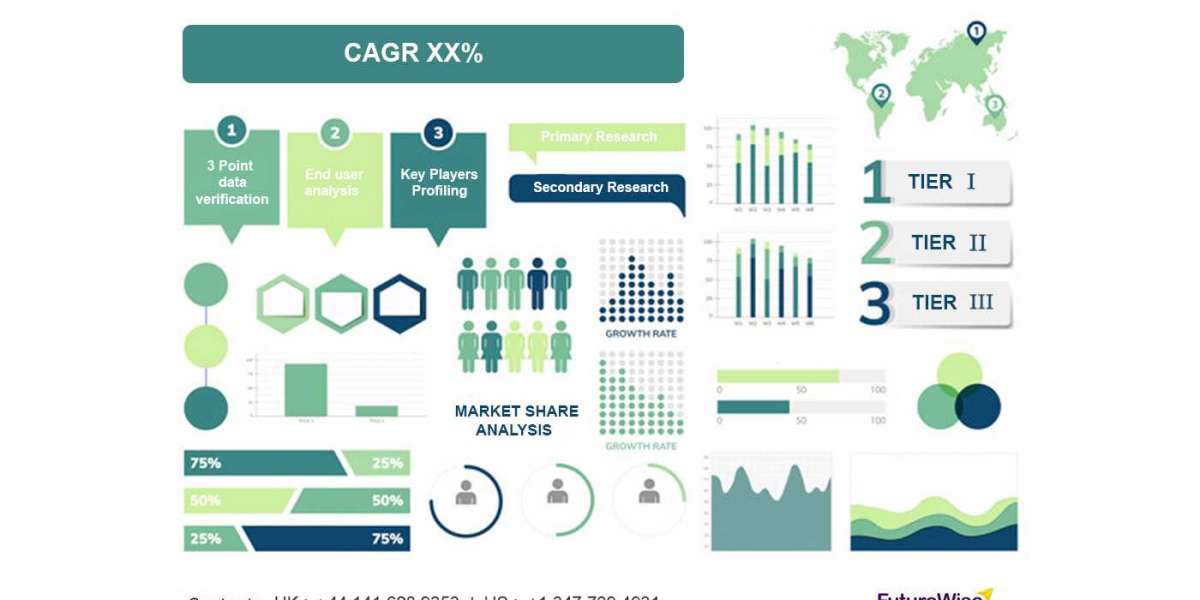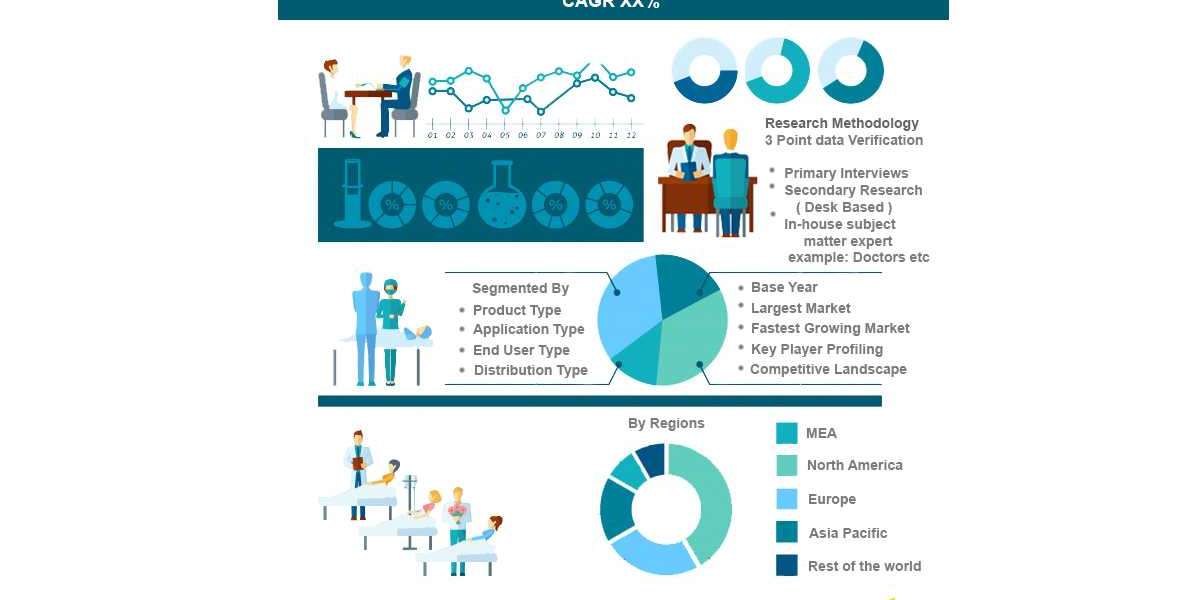Defining E-Commerce
E-commerce, short for electronic commerce, refers to the buying and selling of goods and services over the internet. This digital transactional model eliminates geographical barriers, enabling businesses to reach a global audience seamlessly. At its core, e-commerce encompasses a wide array of online activities, including online retailing, electronic payments, online auctions, and internet banking.
Key Components of E-Commerce
- Online Storefronts: These serve as digital platforms where businesses showcase their products or services, allowing customers to browse, select, and purchase items online.
- Payment Gateways: Facilitating secure online transactions, payment gateways encrypt sensitive information, ensuring safe monetary exchanges between buyers and sellers.
- Logistics and Fulfillment: Efficient shipping and delivery mechanisms are vital in e-commerce operations, ensuring timely product delivery and customer satisfaction.
- Digital Marketing: Leveraging various online channels such as social media, search engines, and email marketing, businesses promote their products, driving traffic to their online storefronts.
- Customer Support: Effective customer service plays a crucial role in e-commerce success, fostering trust and loyalty among customers through prompt assistance and resolution of queries.
Examples of E-Commerce
1. Amazon
As one of the world's largest online retailers, Amazon exemplifies the scope and scale of e-commerce. Initially known for selling books online, Amazon has diversified its offerings to include a vast array of products, ranging from electronics and apparel to groceries and digital content. With its user-friendly interface, extensive product selection, and efficient logistics network, Amazon has revolutionized the e-commerce landscape.
2. eBay
A pioneer in online auctions and consumer-to-consumer sales, eBay provides a platform for individuals and businesses to buy and sell a wide range of products. Through its auction-style listings and fixed-price formats, eBay caters to diverse consumer preferences, fostering a dynamic online marketplace where unique and rare items find buyers worldwide.
3. Shopify
As a leading e-commerce platform, Shopify empowers businesses of all sizes to establish and manage their online stores with ease. Offering customizable templates, secure payment processing, and integrated marketing tools, Shopify enables entrepreneurs to launch and scale their e-commerce ventures efficiently. With its user-friendly interface and robust support ecosystem, Shopify has become a go-to solution for businesses seeking to thrive in the digital realm.
Conclusion
In essence, e-commerce represents the convergence of technology, commerce, and consumer behavior, reshaping the way goods and services are bought and sold in the digital age. With its limitless potential for innovation and growth, e-commerce continues to drive economic prosperity and redefine the future of retail. By understanding the fundamental principles and examples of e-commerce, businesses can navigate this dynamic landscape with confidence and capitalize on its vast opportunities.








